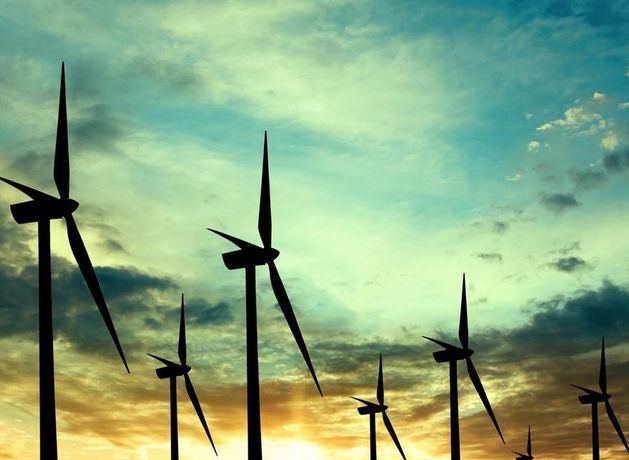Network operator recorded €71.2m pre-tax profit for last year with firm looking to renewables future
It said its higher costs reflected the increasing scale and complexity of the business. The company is upgrading networks as electricity demand increases, spurred in part by the continuing development of data centres.
EirGrid is also preparing the network for increased generation from renewable sources, including solar and offshore wind farms.
The company’s revenue jumped 32pc to €1.14bn. That is the first time its turnover has breached the €1bn mark. It is paying a €4m dividend to the Exchequer.
EirGrid’s direct costs soared 53pc to €868m, while other operating costs were 11pc higher at €186.1m. Management estimates the company’s underlying profit last year was €40.6m, compared with €26.3m in 2022.
Chief executive Mark Foley stepped down last April. The group appointed Martin Corrigan as interim CEO.
The 2023 annual report also noted that emissions from the energy sector increased in 2021 for the first time since 2016.
These rose 17.6pc in 2021 compared with 2020, the report said, “mainly due to an increase in the use of higher carbon-emitting generation such as coal and peat generation, as a result of tight generation capacity margins”.
“Strong progress has been made to date in delivering decarbonisation of the electricity system, but achieving increasingly ambitious targets will be very challenging and will require collaboration across the entire ecosystem,” it said.
The Environmental Protection Agency warned this week that Ireland was poised to miss targets for slashing carbon emissions by 2030 by a wide margin.
The report said 42pc of Ireland’s electricity came from renewables last year.
Last year also saw electricity demand hit a new peak of 5,544MW, which was recorded on December 14 at 5.26pm. That was a Thursday, but not the coldest day of the month.
A new wind energy generation record of 3,644MW was registered on January 12 last year.
There had been fears that squeezed energy availability coupled with high demand could lead to alerts during the winter.
“Winter 2022-2023 saw particularly tight generation capacity margins on the electricity system and price shocks in the market due to the ongoing war in Ukraine and a rise in fossil fuel prices,” EirGrid said in its annual report.
“Despite a challenging winter outlook, no system alerts were issued in Ireland or Northern Ireland in the winter 2022-23 period due to good availability of conventional generation, demand reduction measures in response to EU requirements for the winter, and close coordination with stakeholders, including TSOs [Transmission Systems Operators] in Great Britain and Europe to secure imports on days that the system would have been tight,” the reports added.
Two system alerts were issued earlier in 2023, including one on June 12 when conventional generation was unavailable, there was very low wind generation and demand tracked higher than forecast.
Ireland has a target of generating 80pc of its electricity from renewable sources by 2030.
Offshore wind generation is expected to be a key driver of meeting such targets. The Government wants 5GW of offshore wind energy capacity installed by the end of the decade, and 37GW by 2050.
That could make Ireland a significant electricity exporter.

